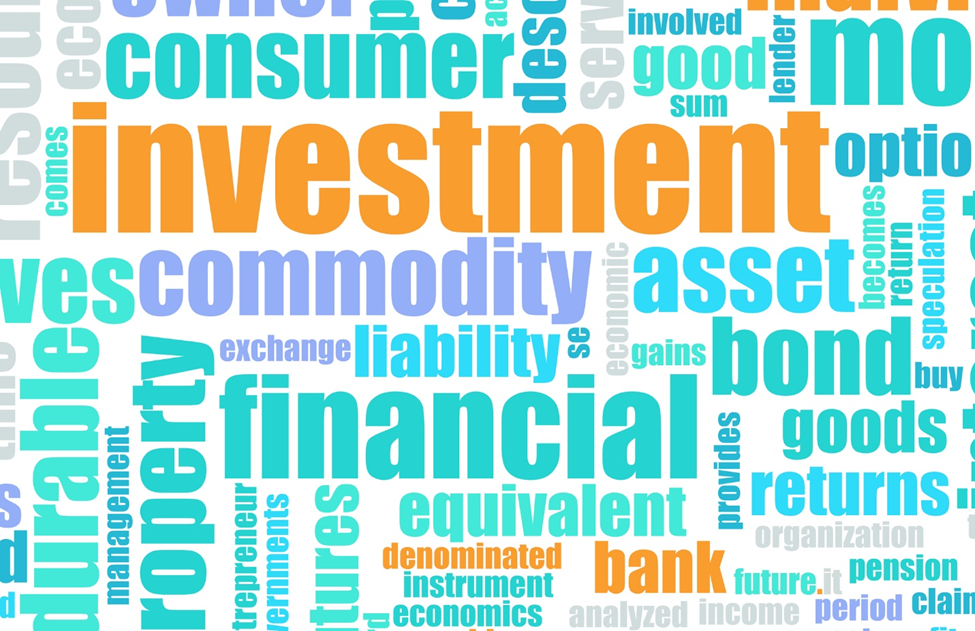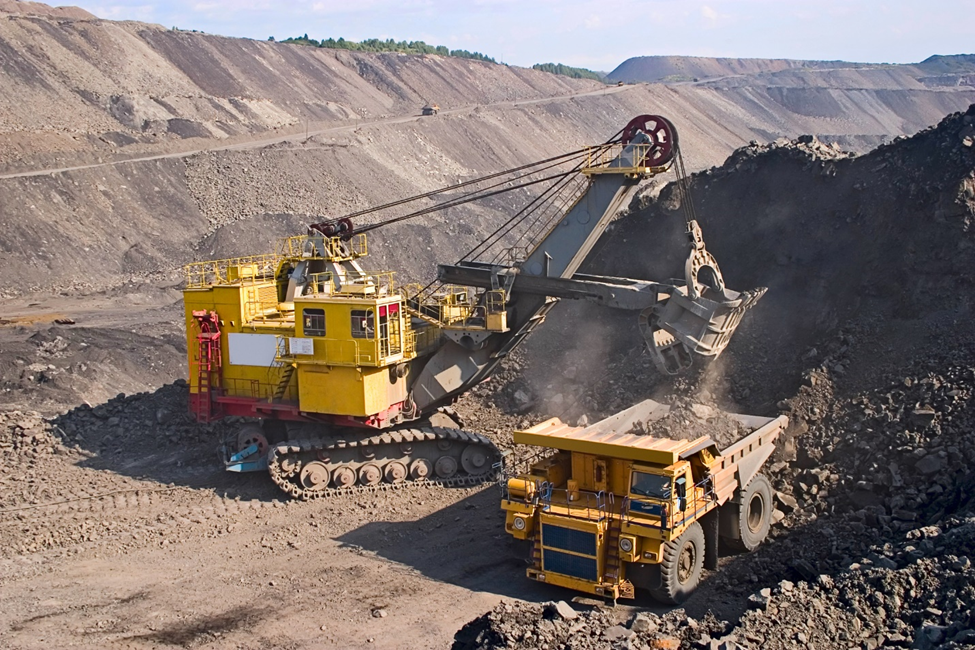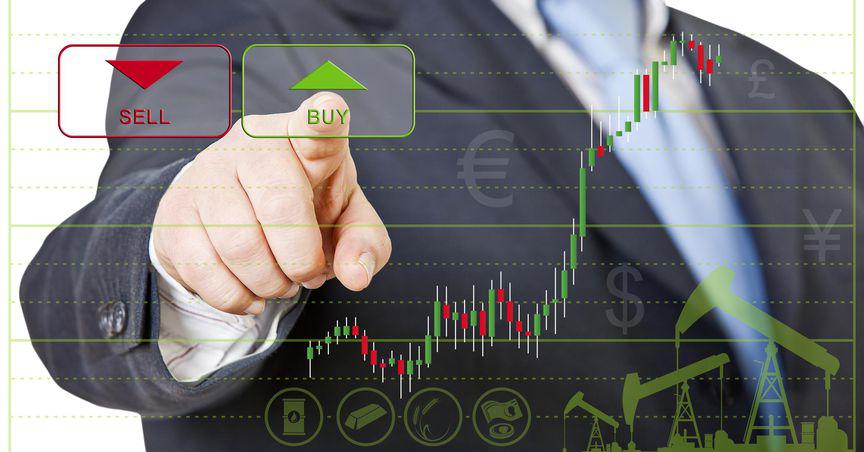Highlights
- The US dollar dominated the commodity markets in 2022
- Energy prices increased by nearly 60% in 2022
- Concerns about the recession significantly impacted prices of metals and minerals during the year
In 2022, commodity markets were dominated by the US dollar, but in 2023, the markets are expected to be shaped by underinvestment. Spot prices of commodities have tracked back to levels of 2021 since October due to financial deleveraging and physical destocking. If the cost of capital rises in commodity markets, it lowers the incentive to hold physical inventories. Financial markets respond faster than real economies, leading to a price distortion.
Most commodities’ prices were at peaks because of the demand surge post-pandemic and Russia’s invasion of Ukraine early this year. Supply conditions of individual commodities were different, and they experienced divergent price trends. Currencies were also depreciating in many countries, which led to higher commodity prices there.
The price of Brent crude oil fell by 6% from February 2022 to September 2022. But in the same period, 60% of the emerging and developing economies witnessed a hike in oil prices because of currency depreciation. A similar trend was noticed in wheat prices.
There were concerns about global recessions in 2023 and the tightening of finances. As a result, the Brent crude price took a sharp hit during the third quarter of 2022. There was a partial rebound in prices when OPEC+ members reduced their production target by 2 million barrels per day (mb/d). The prices have remained volatile.
Natural gas prices reached their peak in Europe by August 2022. This was the result of economic sanctions on Russia and the aggressive stance of countries to rebuild inventories. Europe had to make changes in policies to supply sufficient energy to people to combat upcoming severe winters. Inventories achieved their target levels, and a fall in demand was observed.
Coal prices continued to increase in the third quarter of 2022 because countries were using it as a substitute for natural gas.

Image: © Kentoh | Megapixl.com
Concerns of an economic slowdown in China due to the zero-COVID policy and weaker overall global growth caused non-energy prices to drop in the third quarter of 2022 by 13%. Prices of precious metals dropped by 9% on a quarter-to-quarter basis, seeing the hike in interest rates by major central banks.
Commodity Outlook 2023
Energy prices increased by nearly 60% in 2022 but are expected to decrease by 11% in 2023. They will drop further by 12% in 2024. The key drivers for prices will be global growth, and lower demand for natural gas and coal supply. The prices will still be 50% higher than the five-year average through 2024. High prices will have inflationary effects via higher transportation and electricity costs.
Brent Crude
The average price of Brent crude is estimated to remain at an average of US$92/bbl in 2023 and will ease to US$80/bbl in 2024. Exports from Russia may be decreased by 2mb/d in 2023 because of economic sanctions by the European Union, as per the IEA. Oil production is estimated to increase by less than 1% in 2023. Oil reserves of around 1mb/d will stop releasing from strategic inventories by the end of this year, tightening the future market.
Natural Gas and Coal
Developments in Europe have been a driving factor in natural gas prices. Europe sought liquified natural gas (LNG) to meet shortages of natural gas supply from Russia. Natural gas prices have remained high, and energy-intensive industries have decreased their demand.
Global coal consumption increased because of the reopening of coal power plants in several European countries and increased coal generation in China to meet offset in hydroelectricity output.
Prices of natural gas and coal might ease in the upcoming two years due to weaker demand for natural gas and an increase in coal production in China.
Metals and Minerals
The metals and minerals price index by the World Bank fell by 20% in the third quarter of 2022. The reduction in global economic activity and concerns for a possible recession were the reasons behind the drop. The metal prices fell marginally in 2022 but are expected to decrease by 15% in 2023 based on prolonged lockdowns, the global recession, and deteriorating real estate in China.

Image: © Milslav78 | Megapixl.com
Gold
The US Federal Reserve increased policy rates five times in 2022, which had a combined change of three percentage points. The physical demand for gold increased slightly. Hikes in policy rates are expected in 2023, leading to a 4% fall in gold prices.
Iron Ore
Iron ore is a key component of the steel industry. The prices dropped by 23% in the third quarter of 2022 compared to the last quarter. Steel production decreased significantly due to a slowdown in industrial activities.
The prices are predicted to fall by 17% in 2023 as long-term projections of supply and demand point to consistent pressure on iron ore prices.
Copper
Copper observed supply disruptions due to tension in Chile and Peru. Copper will benefit from the manufacturing of electric vehicles, renewable power production, and related wiring for grid and recharge. The price is, however, estimated to drop by 16% next year.
Nickel
The nickel supply increased due to the rapid production of nickel pig iron in Indonesia. The demand reduced due to a fall in the stainless steel sector. In 2023, the prices may fall by 16%. There is a long-term risk in the nickel demand as innovations are done in non-nickel alternatives for batteries.



